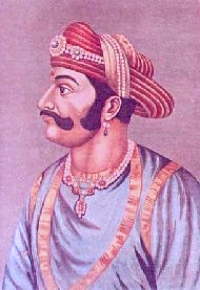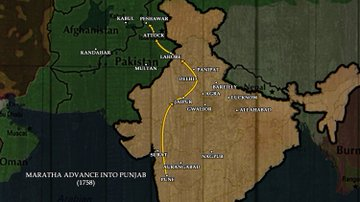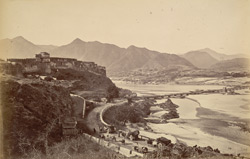
Today is the 60th death anniversary of Professor Parashuram Krishna Gode.
Professor P.K. Gode was the first curator of Bhandarkar Oriental Research Institute.
facebook.com/BORIPUNE/posts… @BhandarkarI

Professor P.K. Gode was the first curator of Bhandarkar Oriental Research Institute.
facebook.com/BORIPUNE/posts… @BhandarkarI


"His discerning curation was pivotal in developing the manuscripts department at the institute.
A multifaceted genius, he was a prolific researcher and writer. He has more than 1200 essays, monograms and papers to his credit."
A multifaceted genius, he was a prolific researcher and writer. He has more than 1200 essays, monograms and papers to his credit."
"His largest contribution lies in his work on the history of material things.
(His wide range of research) includes study of history & origins of topics such as festivals like Diwali, unique Indian food items like Tambul,traditions such as Rangoli & even something like Cavalry"
(His wide range of research) includes study of history & origins of topics such as festivals like Diwali, unique Indian food items like Tambul,traditions such as Rangoli & even something like Cavalry"
Here is a video where Dr. Shreenand Bapat of BORI, gives us a glimpse into the life and the work of Professor P.K. Gode
...
...
• • •
Missing some Tweet in this thread? You can try to
force a refresh










